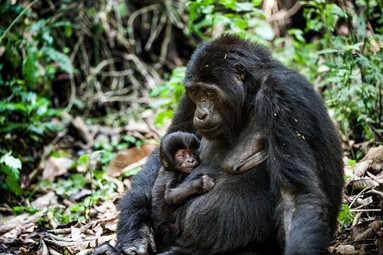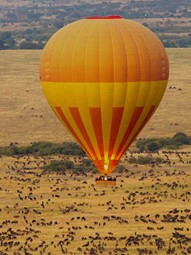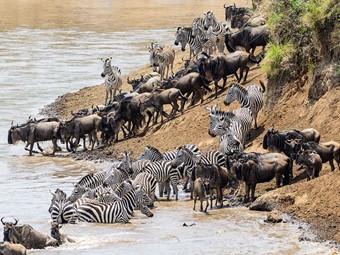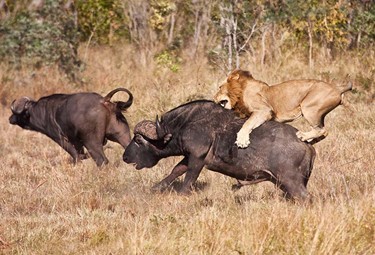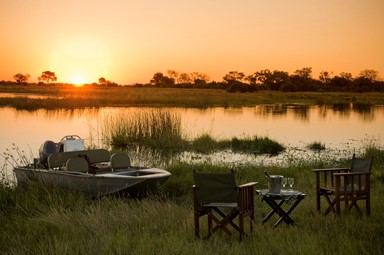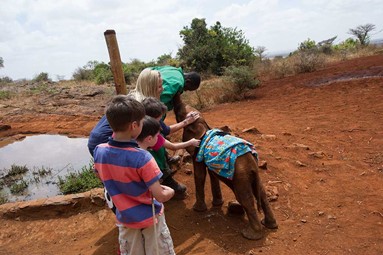What species of Antelope you can expect to see on Safari
These animals are not alone… they have soo many cousins.. each with such different set of head-wear.. horns with sunning symmetry.. silky rich hides. Muscular & elegant with an ability to bounce & leap.. that will make you think they carry their own trampoline with them wherever they go.. from the smallest dik-dik to cheetah-chased Impala and Thomson gazelle.. these animals have the daintiest hoofs….you will see these animals everywhere…
Primary prey for all of Africa’s big cats
Impala - a medium-sized antelope. Spot the common impalaand the larger/darker black-faced impala. Lyre-shaped horns. Active mainly during the day. The common impala is widespread across the savanna. The International Union for Conservation of Nature (IUCN) classified the black-faced subspecies as vulnerable species, with less than 1,000 individuals remaining in the wild as of 2008.
Gazelle - rather small antelopes. A gazelle is any of many antelope species Gazelles are known as swift animals. Some are able to run at bursts as high as 100 km/h (60 mph) or run at a sustained speed of 50 km/h (30 mph). African species Thomson's gazelle, which is around 60 to 80 cm (24 to 31 in) in height at the shoulder and is coloured brown and white with a distinguishing black stripe. The males have long, often curved, horns. Like many other prey species, Tommies and springboks (as they are familiarly called) exhibit a distinctive behaviour of stotting (running and jumping high before fleeing) when they are threatened by predators, such as cheetahs.
Kudu - The lesser and greater kudu. They are great kickers and are capable of breaking a wild dog's or jackal's neck or back. They are good jumpers and can clear a 5-foot fence from a standing start. They have to rely on thickets for protection, so they are rarely seen in the open. Their brown and striped pelts help to camouflage them in scrub environments.
Eland - common eland It is the second largest antelope in the world, almost 900 kg +
Dik-dik - A dik-dik is a small antelope. They are named for the alarm calls of the females. In addition to the females' alarm call, both the male and female make a shrill, whistling sound. These calls may alert other animals to predators. Often seen on your way to breakfast when at a lodge on safari.
Waterbuck - is a large antelope. The coat colour varies from brown to grey. The long, spiral horns, present only on males, curve backward, then forward and are 55–99 cm (22–39 in) long. Waterbuck are rather sedentary in nature. A gregarious animal, . The waterbuck cannot tolerate dehydration in hot weather, and thus inhabits areas close to sources of water.
spot these wonderful animals on any safari

